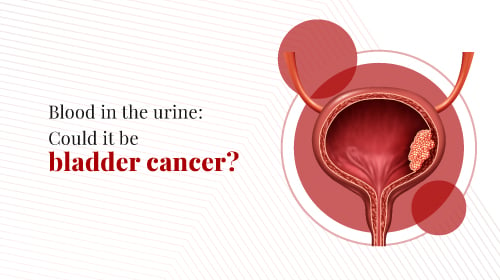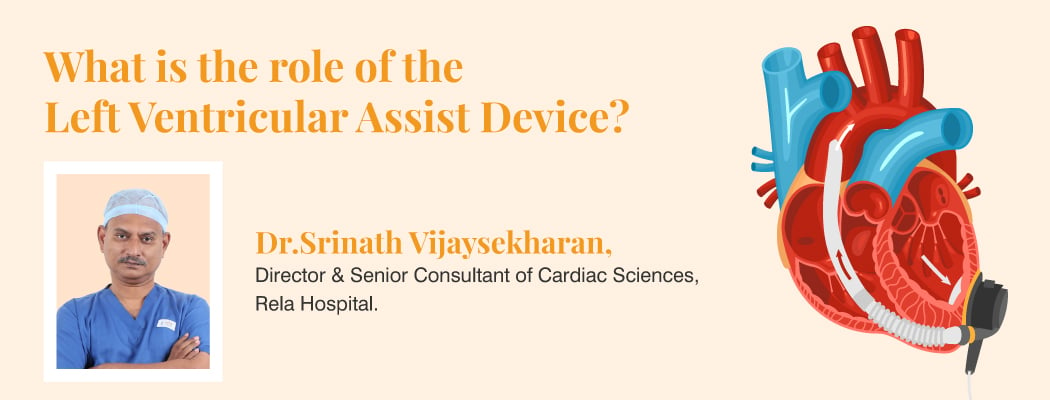What Is Bladder Cancer?
June 6, 2022

Bladder cancer starts when cells in the urinary bladder grow out of control. As cancer cells grow in number, they can form a tumor and, over time, may spread to other parts of the body.
The bladder is a hollow organ in the lower pelvis that stores urine. The wall of this bladder is flexible and muscular, and it can stretch to hold urine and squeeze to send it out of the body. The bladder is responsible for storing urine. Urine is a liquid waste product made by the kidneys and then carried to the bladder through two tubes called ureters. When urinating, the muscles in the bladder contract, and urine is forced out of the bladder through a tube called the urethra.
Contents
- Types of Bladder Cancer
- Symptoms of Bladder Cancer
- Causes of Bladder Cancer
- Risk Factors of Bladder Cancer
- Prevention of Bladder Cancer
- Treatment for Bladder Cancer
- What are the warning signs of bladder cancer?
- Is bladder cancer completely curable?
- What is the main cause of bladder cancer?
- Is bladder cancer fatal?
Types of Bladder Cancer
The type of bladder cancer can depend on how the tumour cells look under a microscope. There are three types of bladder cancer:
- Transitional cell carcinoma
- Squamous cell carcinoma
- Adenocarcinoma
Transitional cell carcinoma
Transitional cell carcinoma is the most common type of bladder cancer. The process of urinary elimination begins in the transitional cells of the inner layer of the bladder. Transitional cells change shape without being damaged when the tissues are stretched.
Squamous cell carcinoma
The problem begins when thin, flat cells form in the bladder after long-term infection or irritation.
Adenocarcinoma
It begins when glandular cells form in the bladder after long-term bladder irritation and inflammation. Glandular cells are what make up the mucus-secreting glands in the body.
Symptoms of Bladder Cancer
Some signs or symptoms of bladder cancer that people experience. Some changes you may encounter in your body are symptoms. Signs are changes in a measurable thing, like your blood pressure or a lab test. The symptoms and signs that a person experiences can help diagnose a medical problem. Sometimes, people with bladder cancer don’t have any symptoms or signs.
- Blood or blood clots in the urine.
- Pain or burning during urination.
- Frequent urination.
- Feeling the need to urinate several times throughout the night.
- Not being able to urinate when you feel/want to.
- Low back pain on one side of the body.
Causes of Bladder Cancer
Bladder cancer begins when the cells in the bladder develop changes (mutations) in their DNA. DNA contains the instructions required for a cell to carry out its functions. The differences tell the cell to multiply rapidly and to continue to live when healthy cells would die. Instead, the abnormal cells form a tumor that can invade and damage normal body tissue. Over time, the abnormal cells may break away and spread (metastasis) through the body.
Risk Factors of Bladder Cancer
- Smoking: Cigarettes, cigars, or pipes may increase the risk of bladder cancer by causing harmful chemicals to accumulate in the urine. This can lead to cancer development. In addition, smoking produces chemicals in the smoke that your body processes and then eliminates through your urine. These harmful chemicals may damage the bladder lining, increasing cancer risk.
- Exposed to certain chemicals: Your kidneys help filter harmful chemicals from your bloodstream and move them into your bladder. As a result, some people believe that being around certain chemicals may increase the risk of bladder cancer. Chemicals linked to bladder cancer risk include arsenic and chemicals used in producing dyes, rubber, leather, textiles and paint products.
- Chronic Bladder Inflammation: Chronic or repeated urinary infections or inflammations (cystitis), which might be caused by long-term use of a urinary catheter, may increase the risk of squamous cell bladder cancer. In some parts of the world, squamous cell carcinoma is often linked to chronic bladder inflammation caused by Schistosoma infection.
- Previous treatment for cancer: Treatment with the anticancer drug cyclophosphamide increases the risk of bladder cancer. In addition, people who have received radiation therapy directed to the pelvis for previous cancer have a higher risk of developing bladder cancer.
- Family history with cancer: If you’ve had bladder cancer, you’re more likely to get it again. If one of your blood relatives, such as a parent, sibling, or child, has a history of bladder cancer, you may be at an increased risk of the disease, although bladder cancer rarely runs in families.
Also Read: An Introduction To Cancer And Its Treatment
Prevention of Bladder Cancer
Although there is no guaranteed way to prevent bladder cancer, there are some steps you can take to reduce your risk. Don’t smoke cigarettes. If you smoke, talk to your doctor about a plan to help you quit smoking. Support groups, medications, and other methods may help you successfully quit smoking. Second, take care when handling chemicals. If you work with them, follow all safety instructions to avoid exposure. Third, add various fruits and vegetables to get a healthy and balanced diet. Choose a diet that includes a variety of colorful fruits and vegetables. The antioxidants found in fruits and vegetables may help reduce your cancer risk.
Treatment for Bladder Cancer
There are many different treatment options for bladder cancer, depending on the type of cancer, the tumour’s grade, and the cancer stage. Treatment options may also depend on your overall health and your preferences.
- Surgery to remove the cancer cells
- Chemotherapy in the bladder (intravesical chemotherapy) is used to treat cancers that are limited to the lining of the bladder but have a high risk of coming back or progressing to a later stage
- Radiation therapy destroys cancer cells and is a treatment procedure used when surgery is not desired.
- Immunotherapy can help the body’s immune system fight cancer cells.
- Targeted therapy treats advanced cancer when other treatments haven’t worked.
People also ask
1. What are the warning signs of bladder cancer?
Needing to urinate more often than usual. Urinating causes pain or burning. You must go right away, even if your bladder isn’t full. You may have trouble urinating or have a weak urine stream. Having to get up at night to urinate.
2. Is bladder cancer completely curable?
Bladder cancer is usually treatable if detected early, but it becomes more challenging to deal with if it is detected later.
3. What is the main cause of bladder cancer?
Smoking is one of the most significant risk factors for bladder cancer. This is because tobacco contains cancer-causing chemicals. In addition, smoking for a long time can cause these chemicals to pass into your bloodstream and be filtered by the kidneys into your urine.
4. Is bladder cancer fatal?
There are two types of bladder cancer: benign (non-cancerous) and malignant (cancerous). Malignant bladder cancer can be hazardous, as it can spread quickly.








